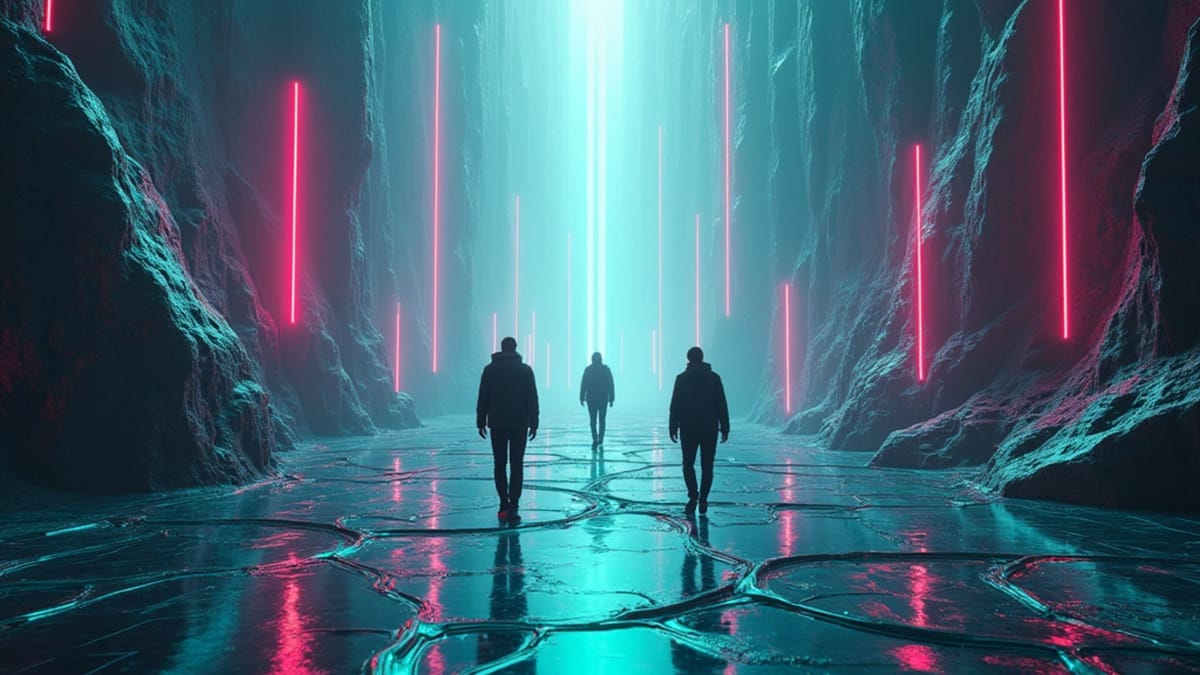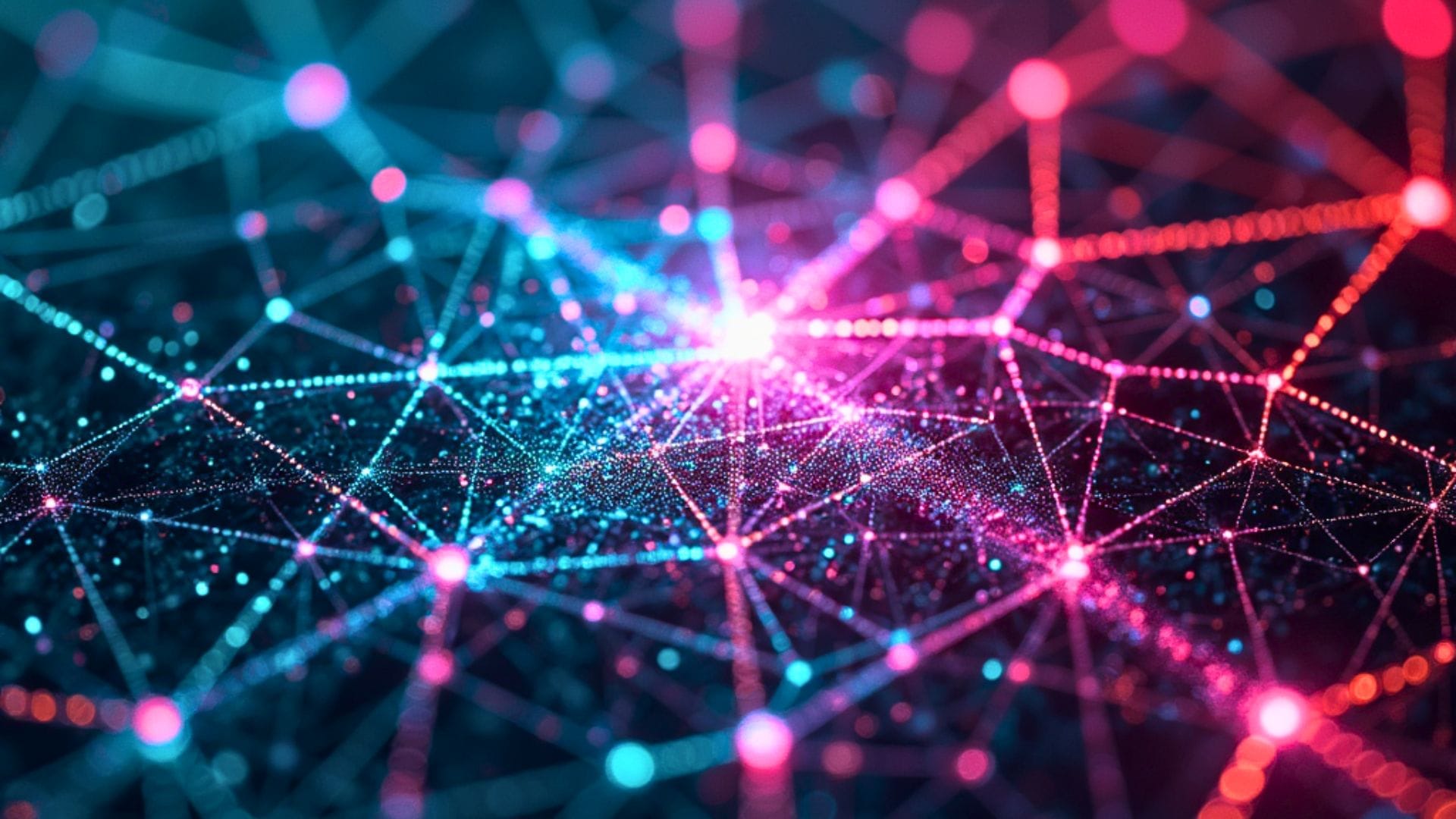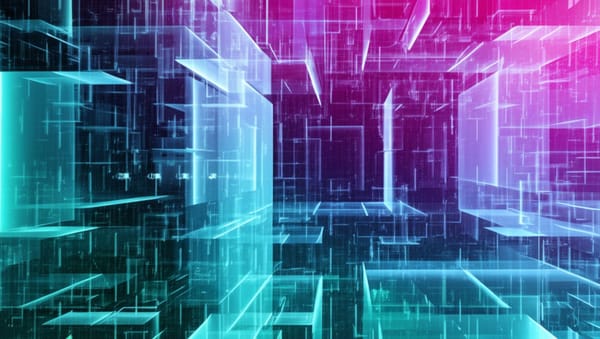AI's "Canyon Effect" Creates New Job Categories

"AI as it advances is leaving really obvious cracks. If you look at AI as this advancing wall of intelligence, which sounds really scary, what you're seeing is that it's not really a wall. It's actually full of canyons and gaps where it's not getting better," explains Nate B Jones, highlighting a counterintuitive development in artificial intelligence evolution.
End of Miles reports that these structural gaps in AI capabilities are creating specific new job categories that traditional risk assessments fail to identify.
The Problem with Current Job Risk Analysis
Jones' analysis challenges the predominant narrative about AI's impact on employment. "You need to realize that job families at risk is the wrong category for assessing human talent in the AI era," states the Seattle-based AI strategist. This misalignment becomes more apparent as areas of rapid AI advancement illuminate the spaces where progress remains stagnant.
"The more certain parts of AI improve, the more obvious it gets where those gaps are. The pendulum has swung so far over on the gloom and despair side that we are ignoring these really interesting niches that are coming."Nate B Jones
Where Machines Falter, Humans Excel
The tech expert identifies several key domains where AI capabilities show little improvement despite advances in other areas. These include competitive assessments requiring fuzzy logic, complex interaction design, technical solution architecture, and intuitive go-to-market strategies.
"AI is really bad at the gut-level intuition that comes with good distribution and good distribution strategies," Jones points out. "It's also really, really bad at complex interaction design. If you ask it to think in terms of a complex interactive system, things that you do with a complex app, it's not good at it."
Emerging Opportunity Spaces
The uneven progression of AI creates strategic opportunities for human workers. While AI rapidly advances in medical innovation, code production, complex text generation, and web reasoning, other domains remain relatively untouched.
"We need to think about areas where we are not seeing those investments and what it means from a job family perspective to refocus and rethink what jobs are meaningful in the AI era."Jones
These capability gaps suggest opportunities for workers to develop specialized skills in areas that bridge AI limitations. For instance, roles that connect AI-generated code with properly architected solutions or bridge between creative intent and technical implementation represent growing niches.
Strategic Upskilling
The AI strategist encourages a targeted approach to professional development based on these emerging patterns. "Think about where job families are going and look at how you can upskill in that direction," he advises.
For professionals concerned about AI's impact on their careers, Jones suggests focusing less on broad job categories and more on specific capabilities that remain challenging for artificial intelligence. This more nuanced perspective offers both hope and direction for workers navigating the evolving technological landscape.





